Case 03 The Weight Lifting Robot
Introduction
Weightlifting involves lifting a barbell with two discs above your head with both hands and seeing who can lift the heaviest barbell. It sounds easy, but it is actually very difficult because weightlifting requires not only great strength, but also great skill, a very steady balance and a high level of coordination. Furthermore, weightlifting also requires a very strong psychological profile and willpower, as there is a lot of pressure and challenges to face when lifting weights.
Lifting weights can make us physically stronger, more flexible and healthier, and it can also make our self-confidence and self-esteem higher.
Today we will use the Nezha Inventor's Kit V2 to create a robot that can simulate weightlifting movements.
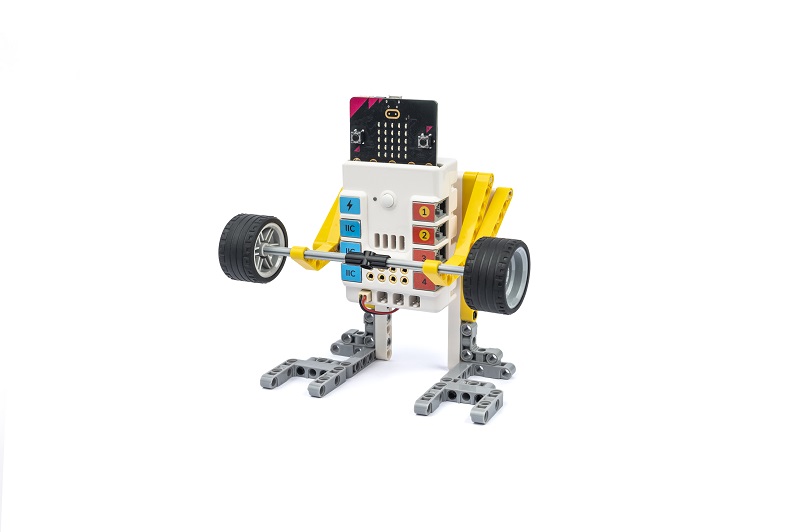
Teaching Objectives
- Learn the principles and methods of converting circular motion into reciprocating motion.
- Learn the structure and function of a block weightlifting robot.
- Learn the steps and techniques to build a weightlifting robot using blocks, motors and other materials.
- Master the use of programming software to control the movements of a weightlifting robot.
Teaching Preparation
Teaching Process
Introduce
Introduce students to the background and objectives of weightlifting and robot building to stimulate interest and curiosity.
Weightlifting involves using both hands to lift a barbell with two discs above your head and seeing who can lift the heaviest barbell. This sounds simple but is actually very difficult because weightlifting requires not only great strength, but also great skill, steady balance and high coordination. Furthermore, weightlifting also requires great mental strength and willpower as there is a lot of pressure and challenges to face when lifting weights.
What do you think are the benefits of weightlifting? Lifting weights can make us physically stronger, more flexible and healthier, and it can also make our self-confidence and self-esteem higher.
Would you guys like to learn how to lift weights? However, instead of actually lifting a barbell today, we are going to use blocks and motors to build a robot that can simulate weightlifting movements. This will be safe and fun and will also allow us to learn some science, technology, engineering, art and maths knowledge and skills. Are you ready? Well, let's get started!
Exploration
In small groups, students are asked to think about how to build a weightlifting robot from block materials, focusing on how circular motion is transformed into reciprocal motion, how motors are used and design options for the robot arm.
- What is reciprocal motion, i.e. motion that is repeated in two opposite directions;
- the motion of the motor is circular motion and we need a structure to convert the circular motion into reciprocating motion;
- The design solution for the robotic arm can be based on your own ideas and creativity, but it is important to pay attention to the stability and feasibility of the structure.
Practice
Work in groups to create a weightlifting robot from building blocks according to your design.
Build a weightlifting robot out of blocks according to your design and see whose robot lifts the heavier barbell.
Examples
Building Steps
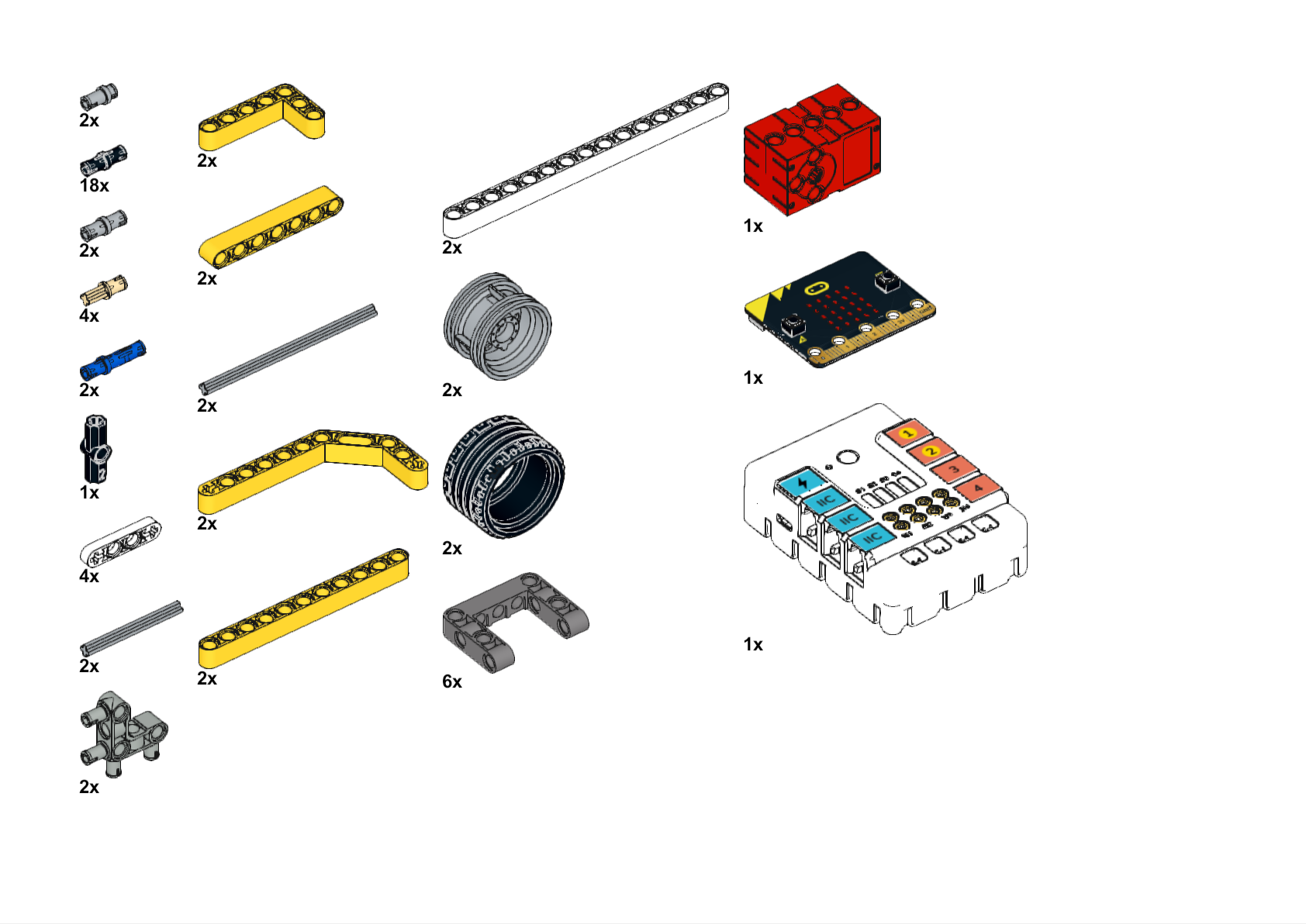
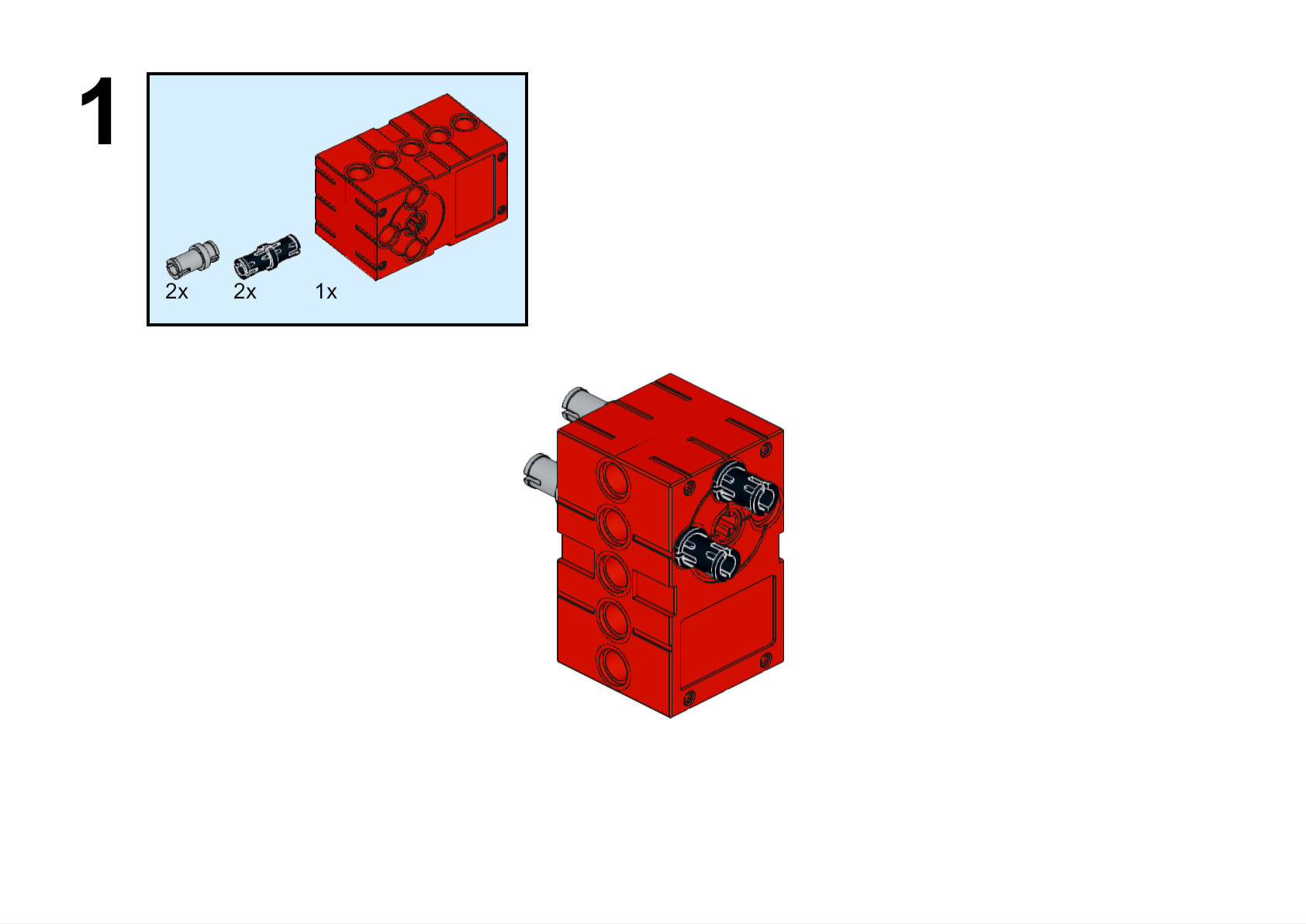
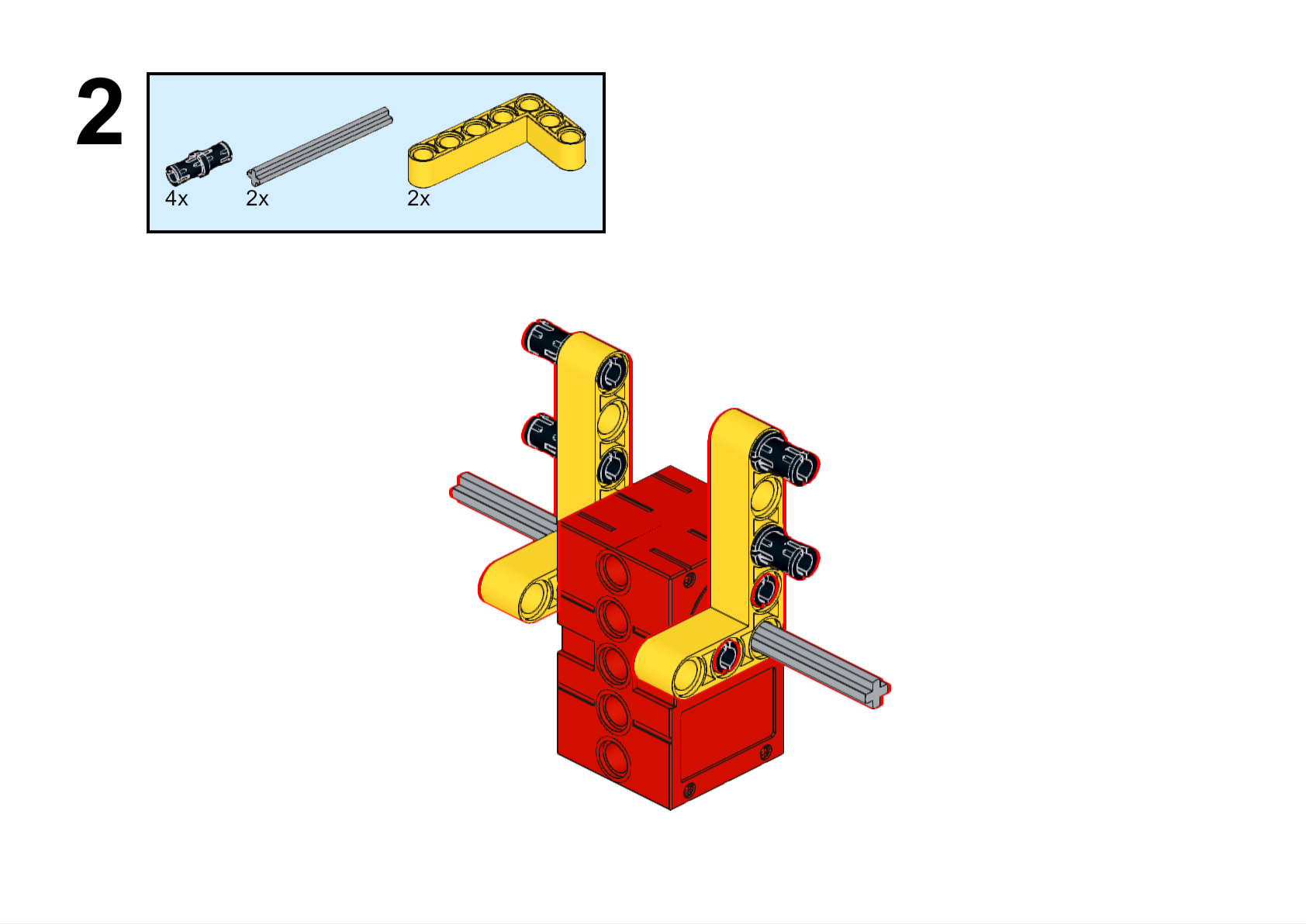
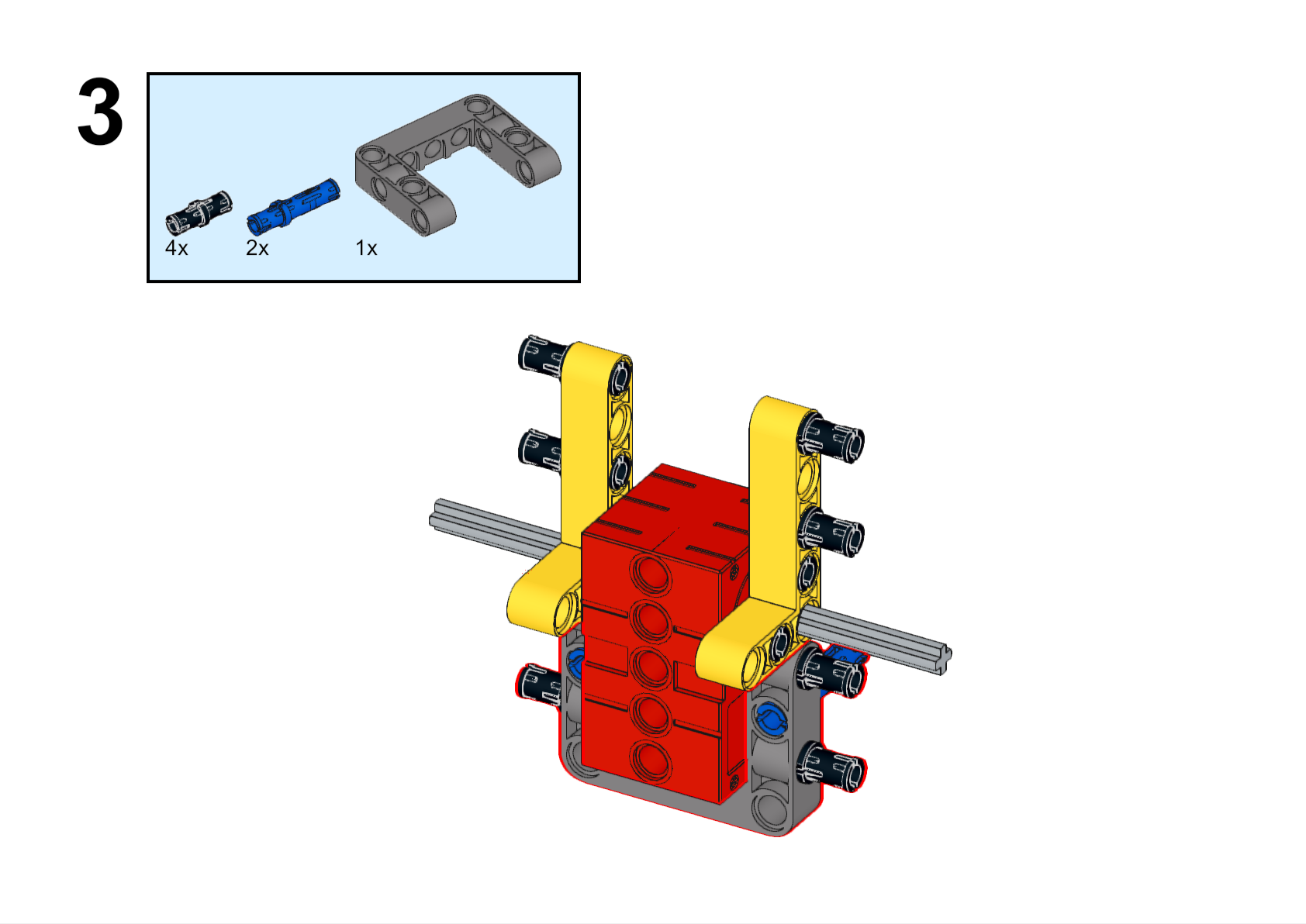
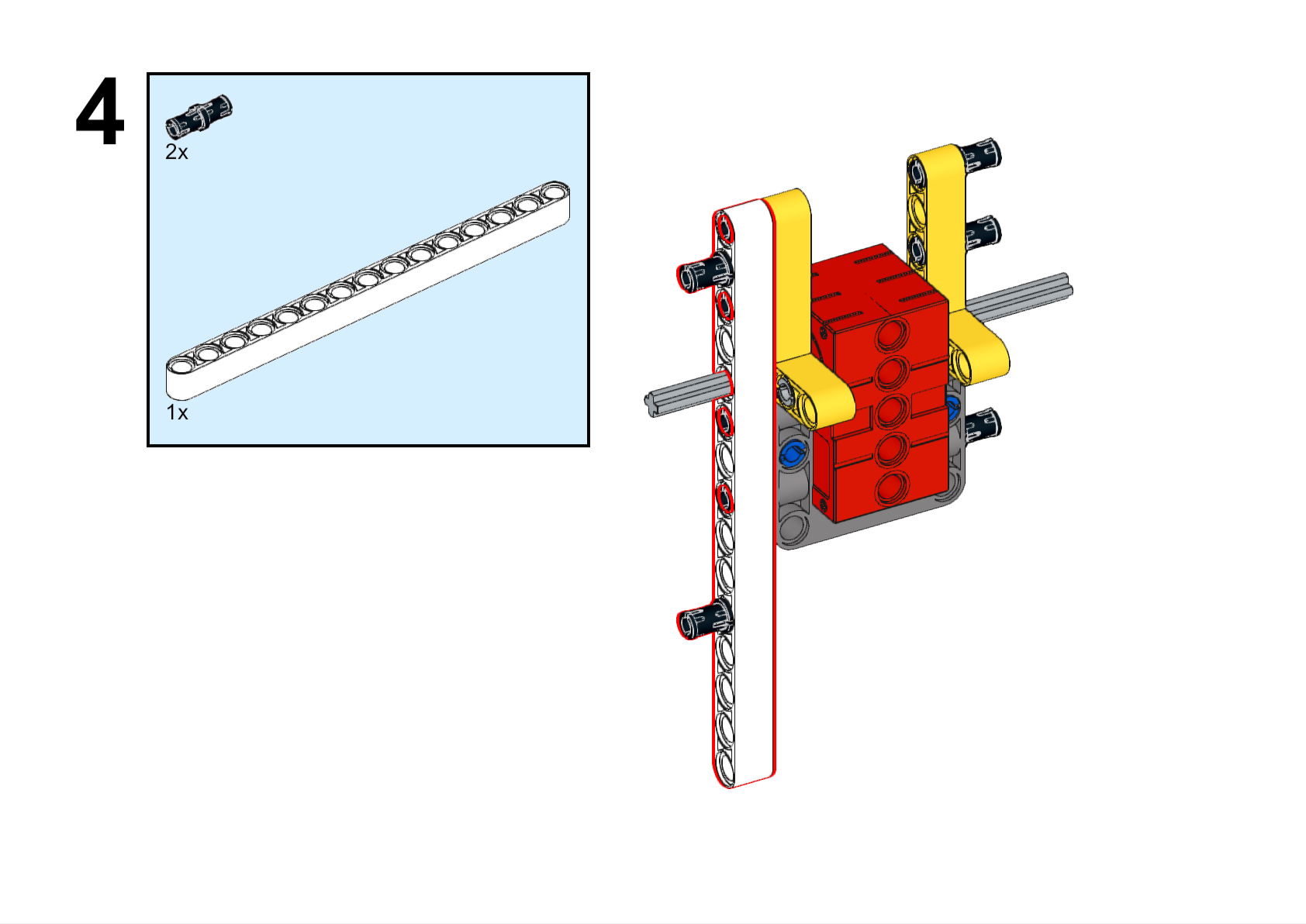
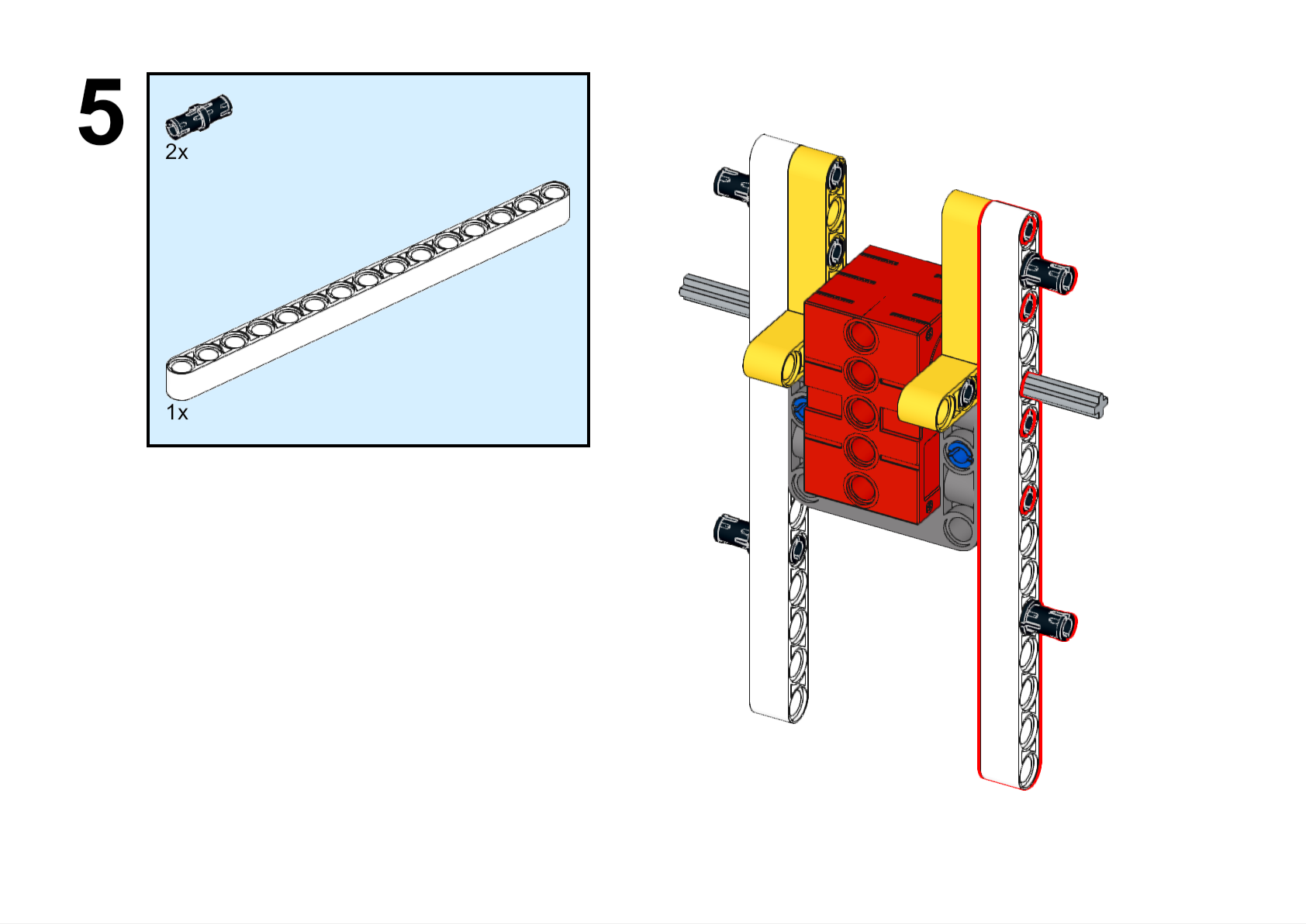
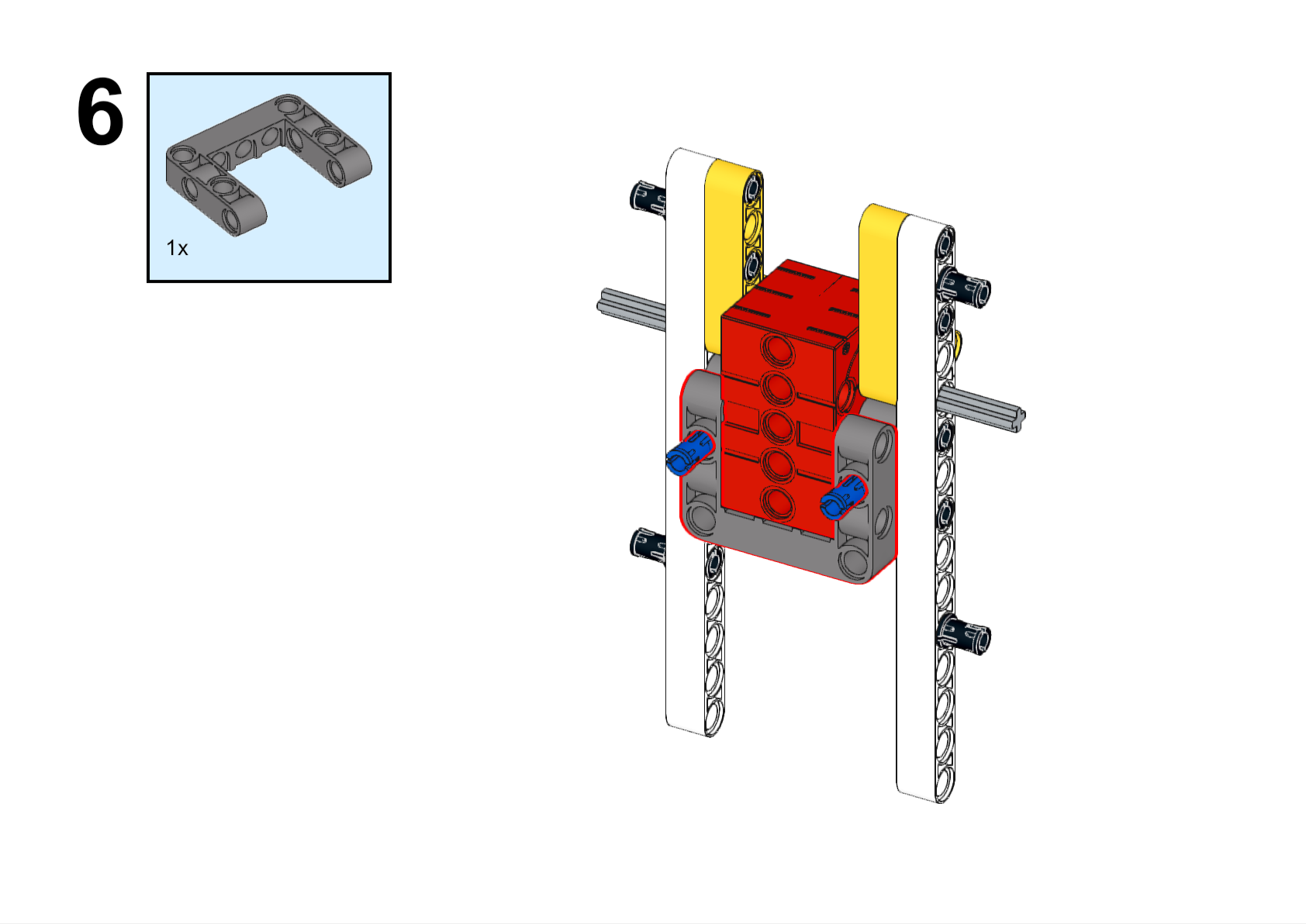
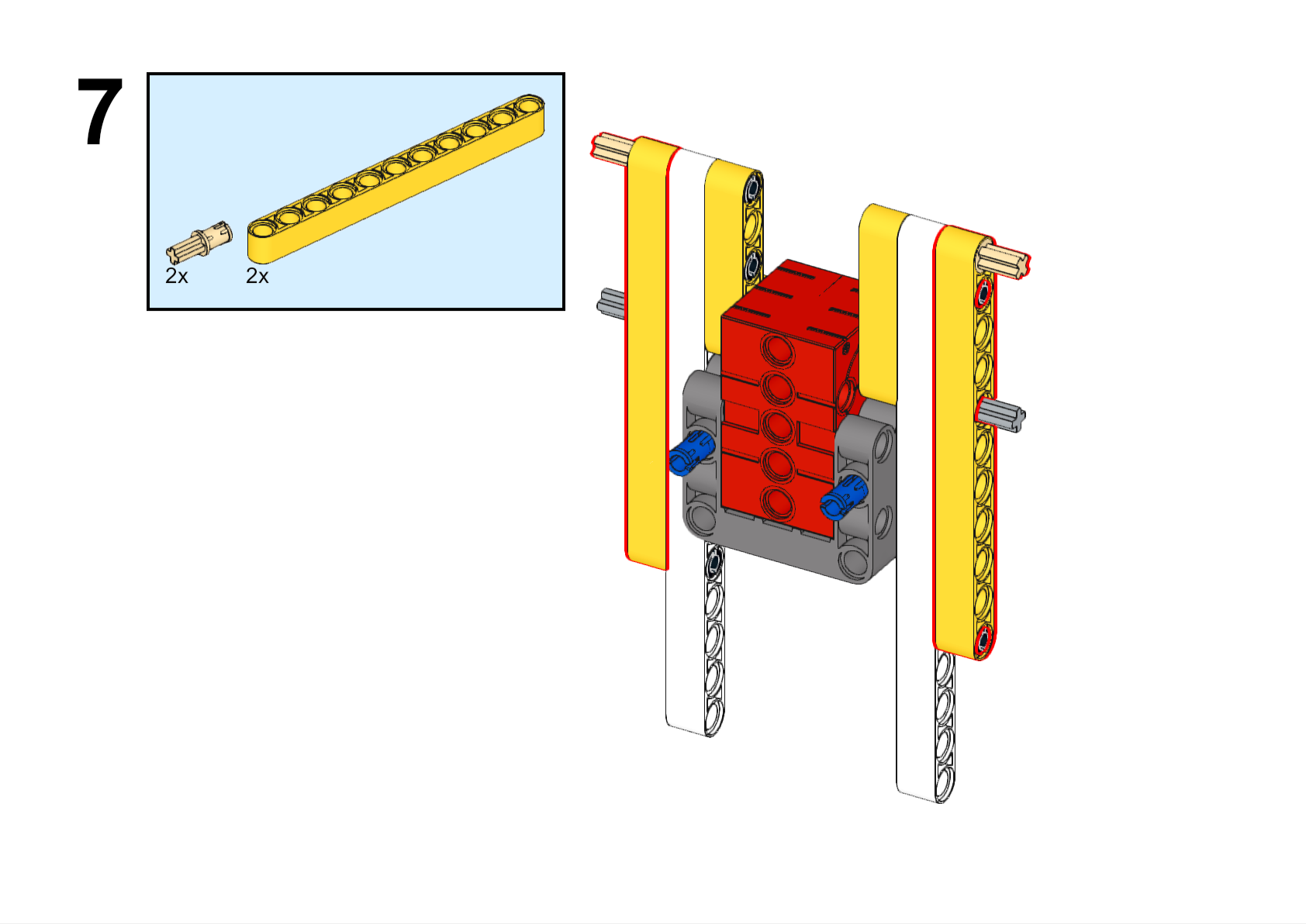
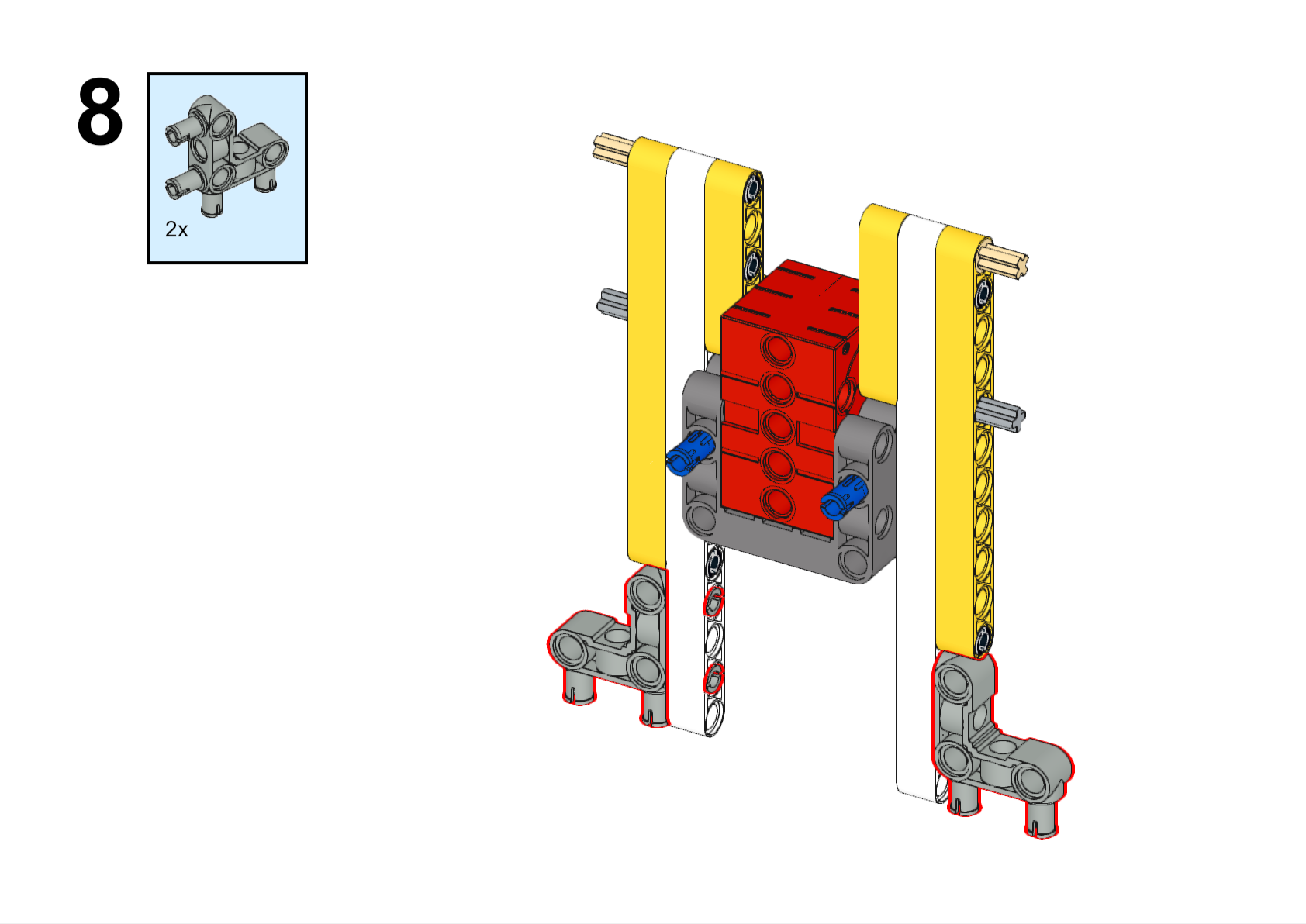
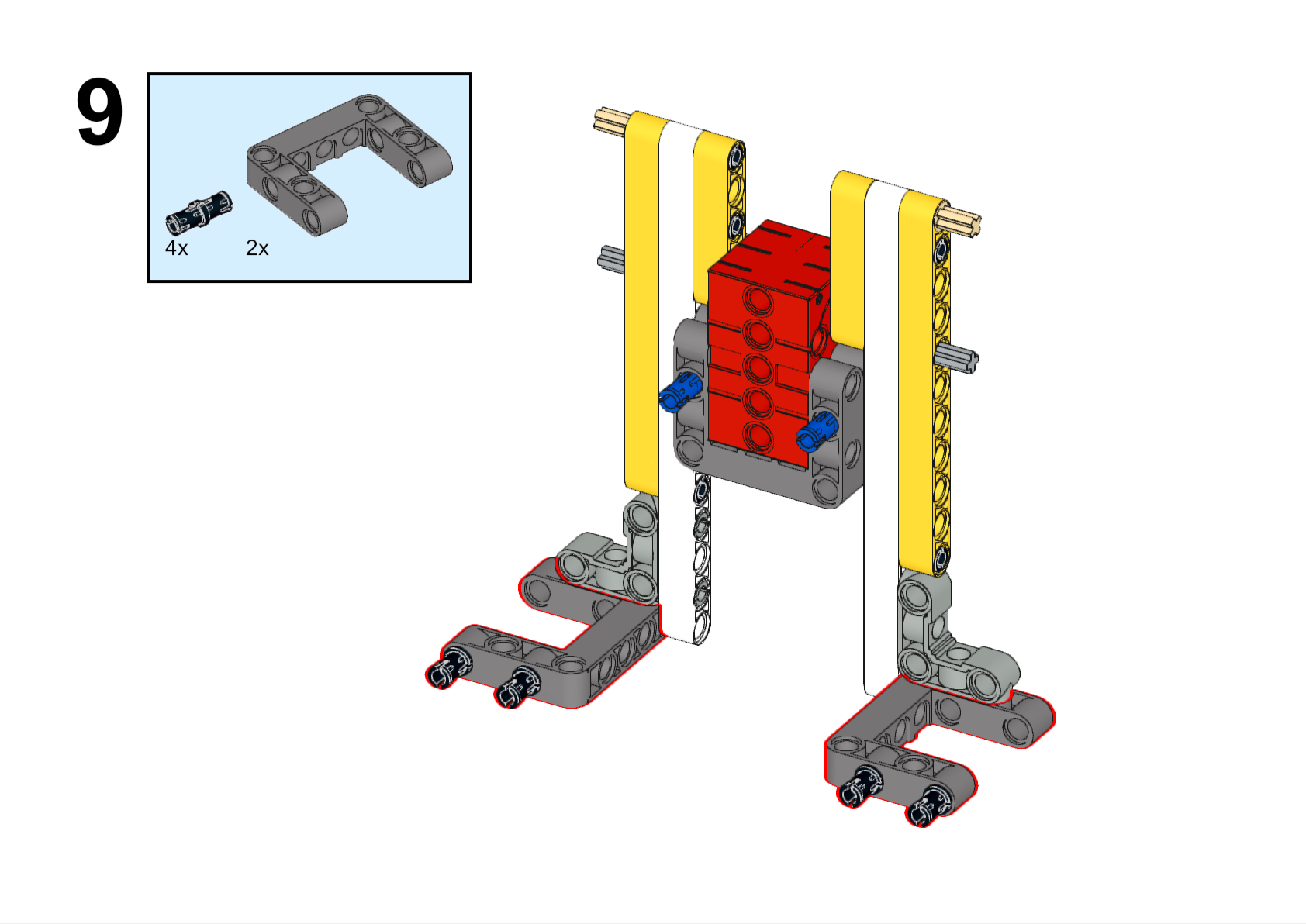
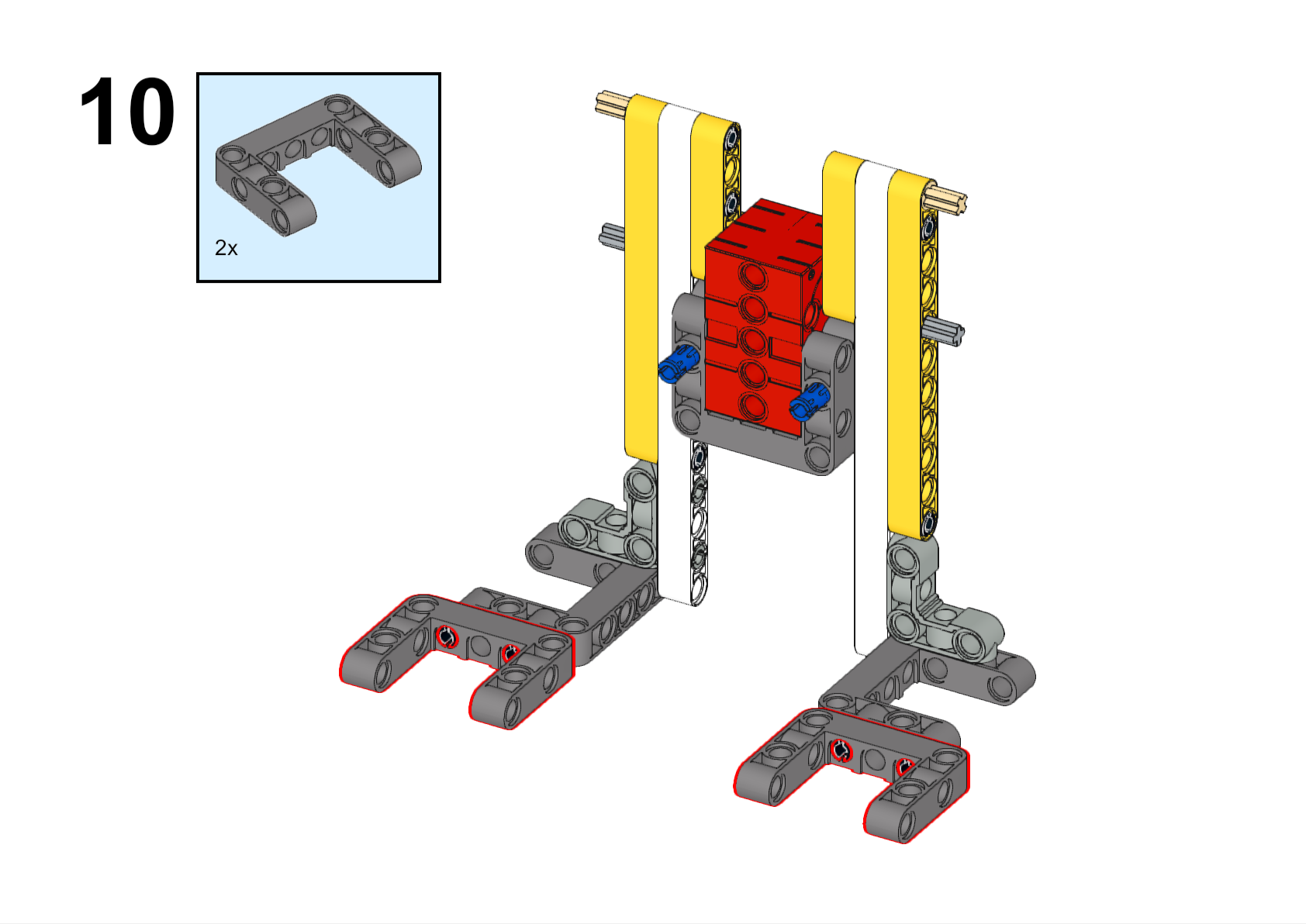
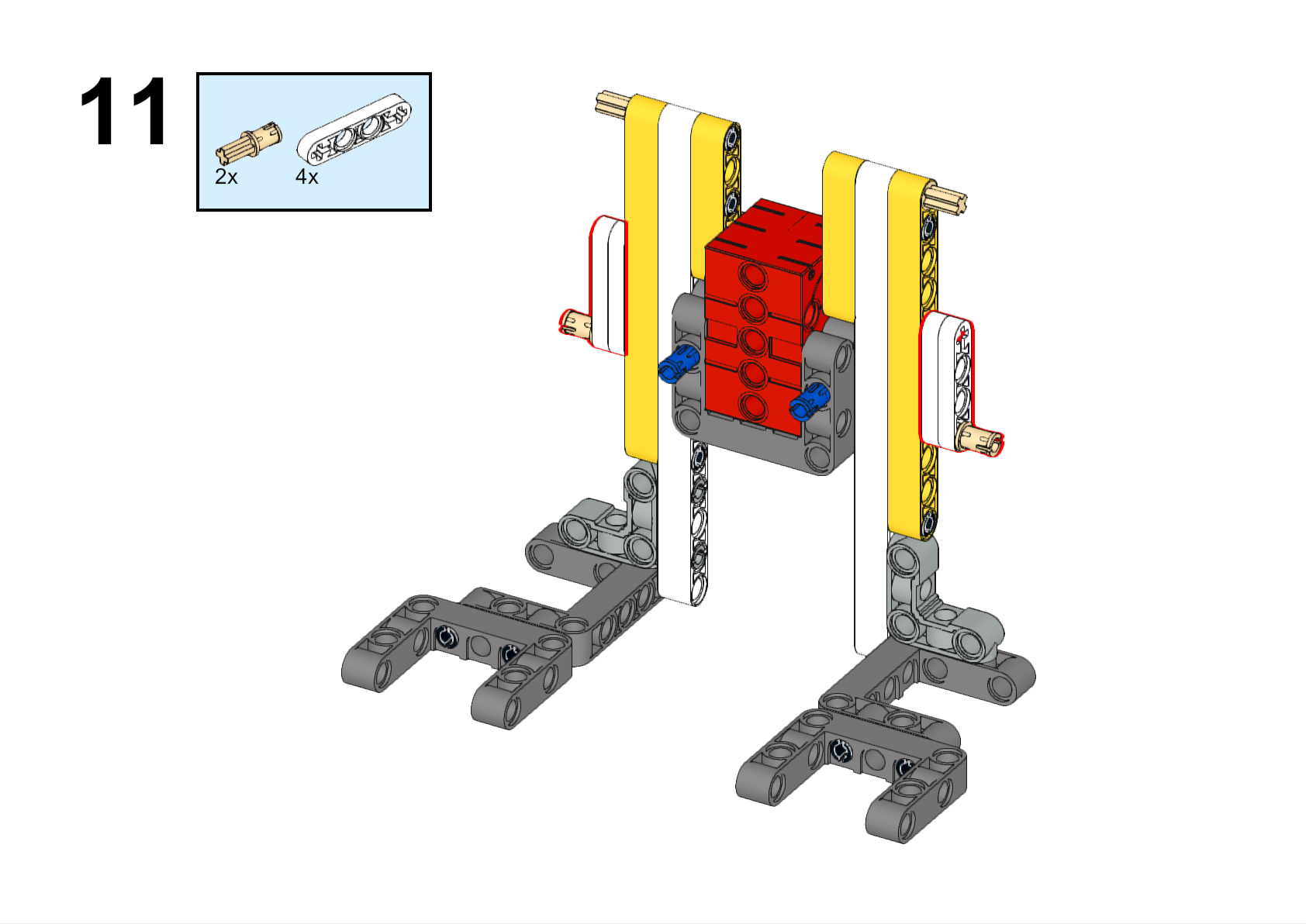
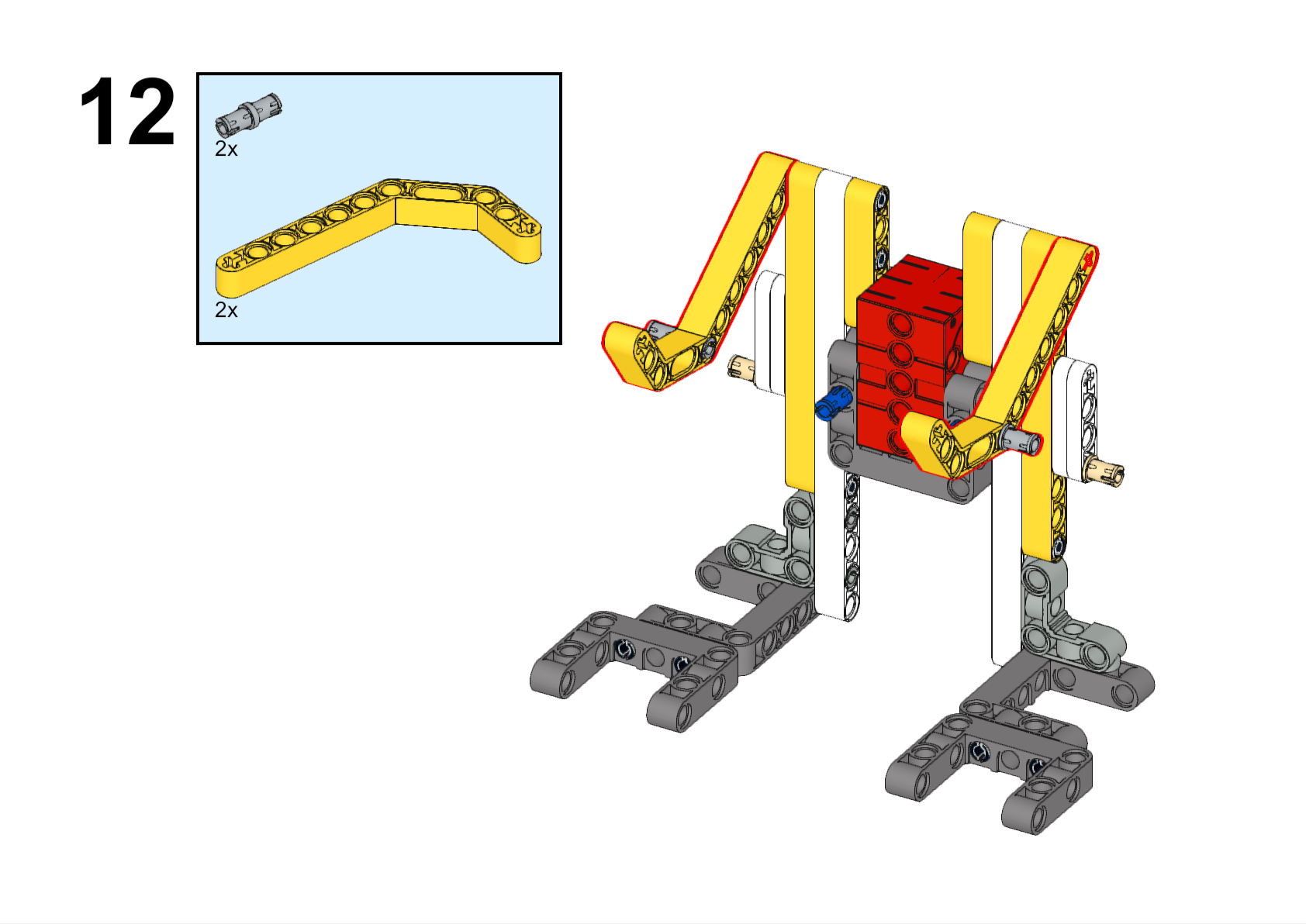
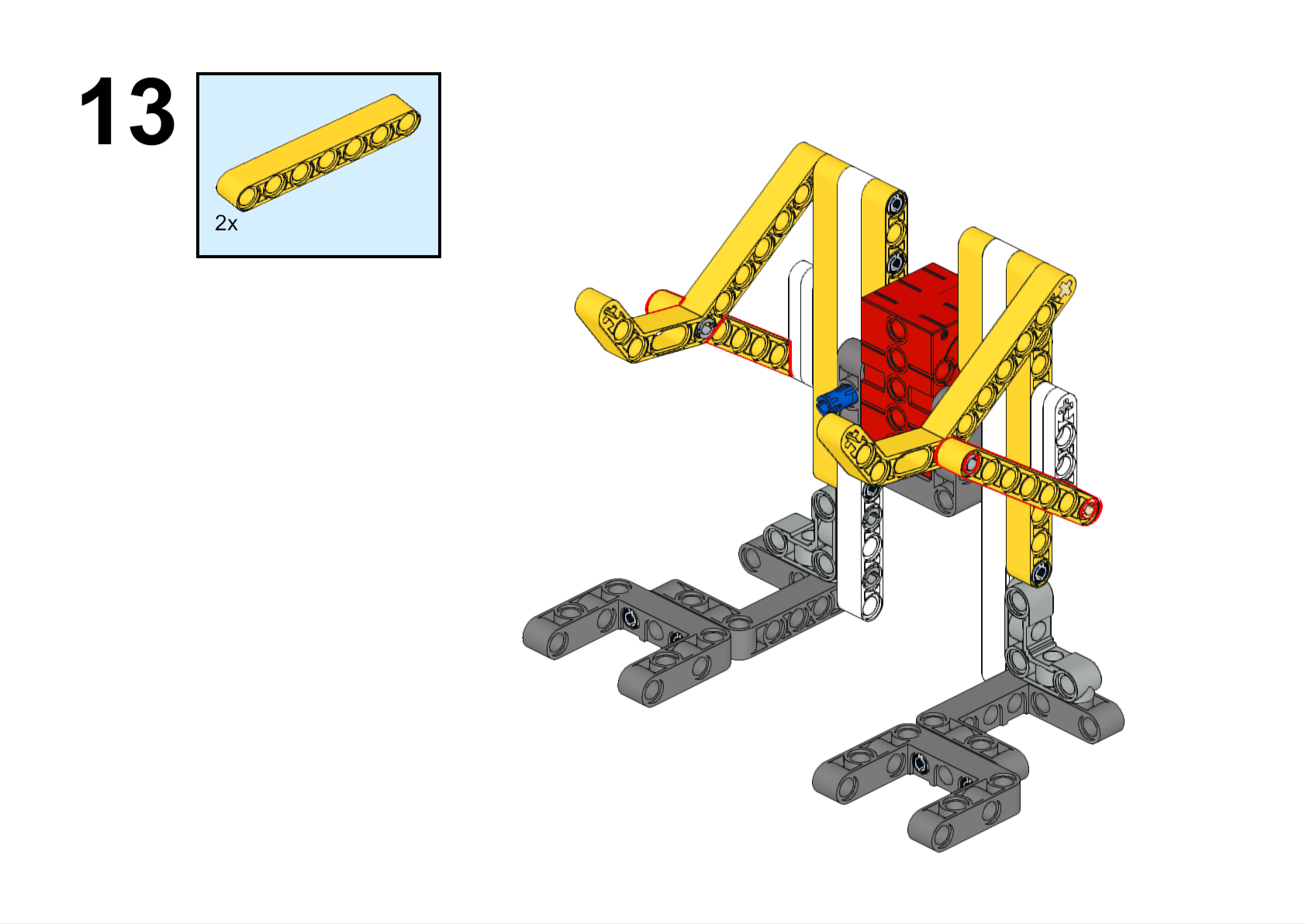
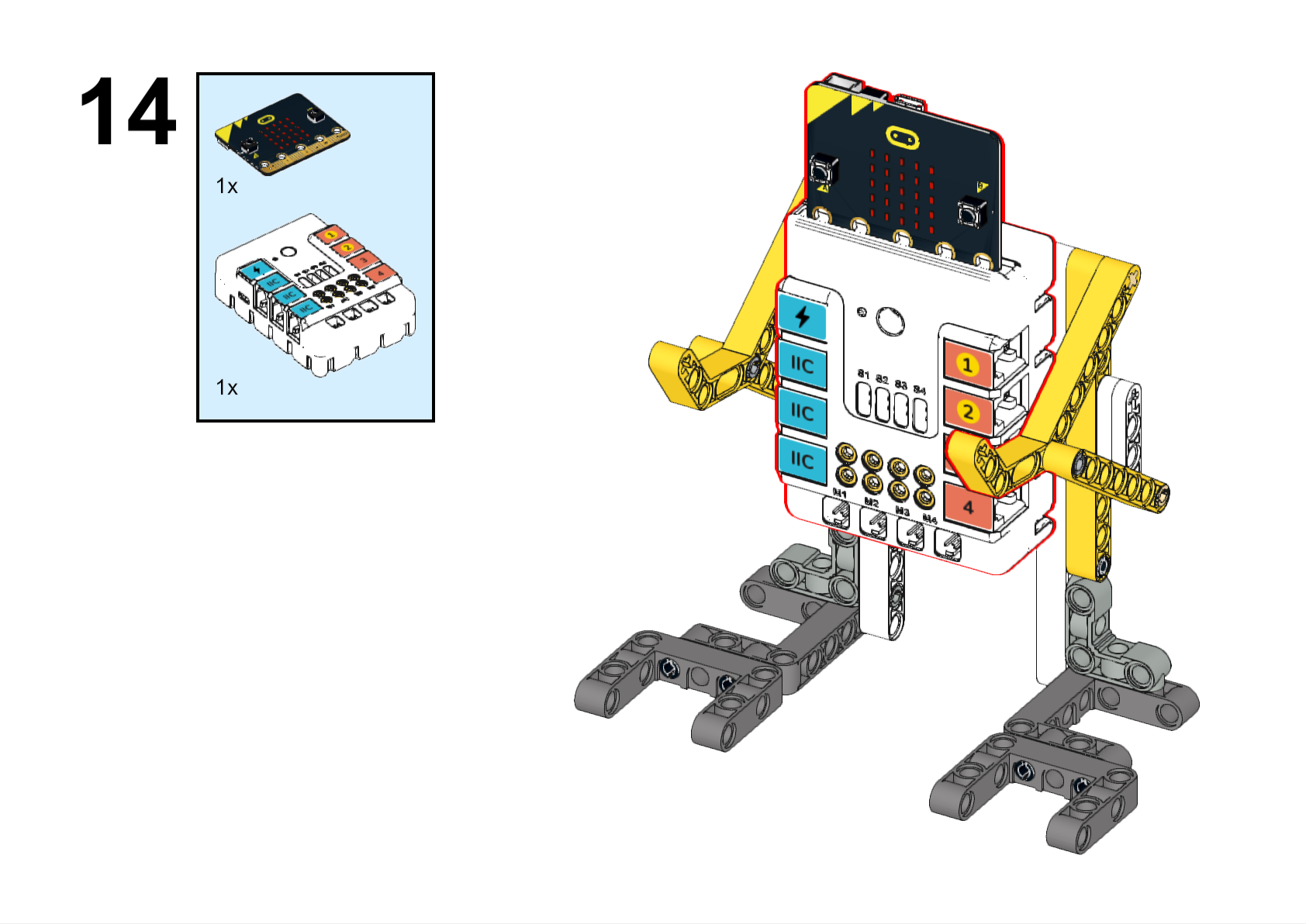
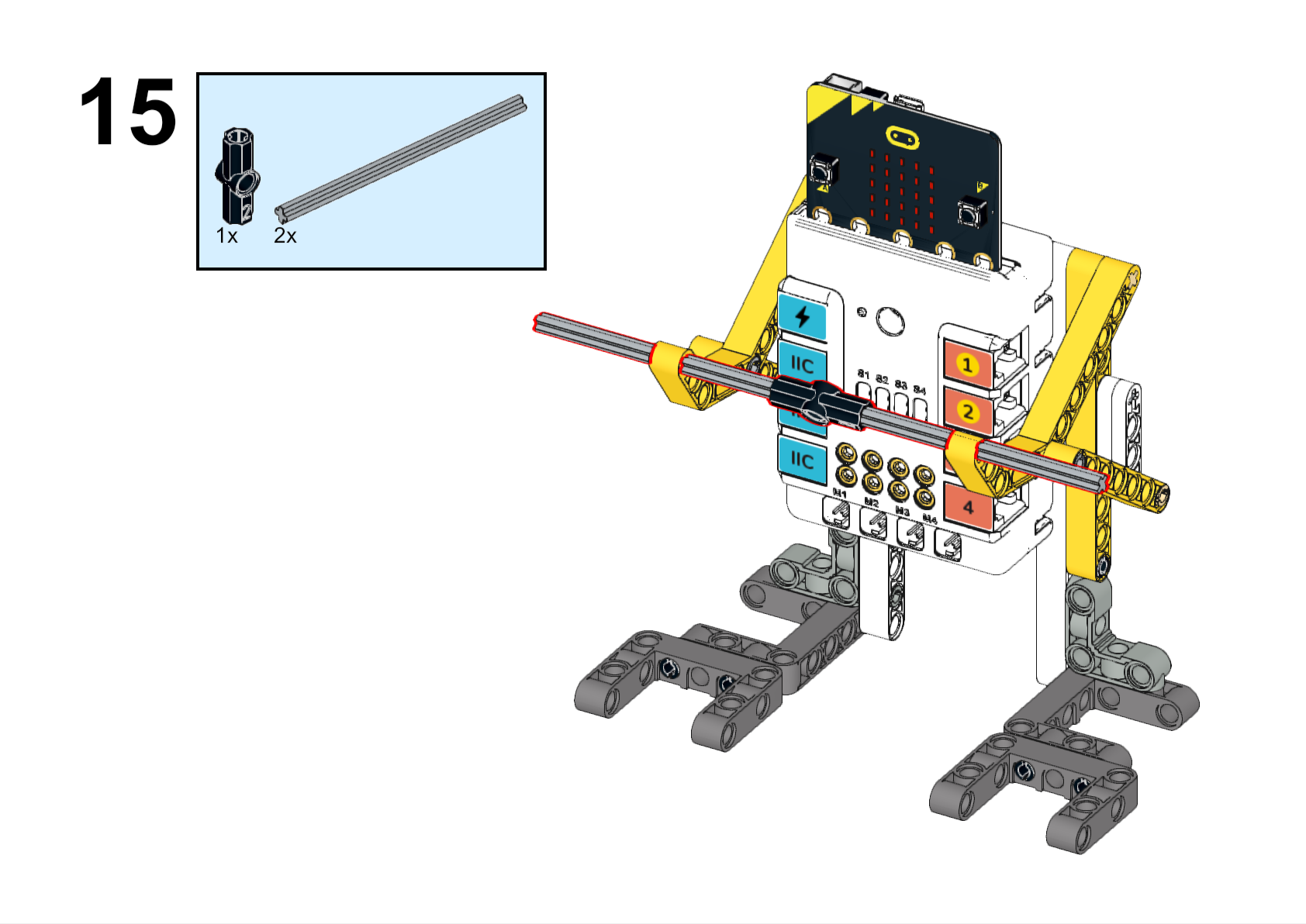
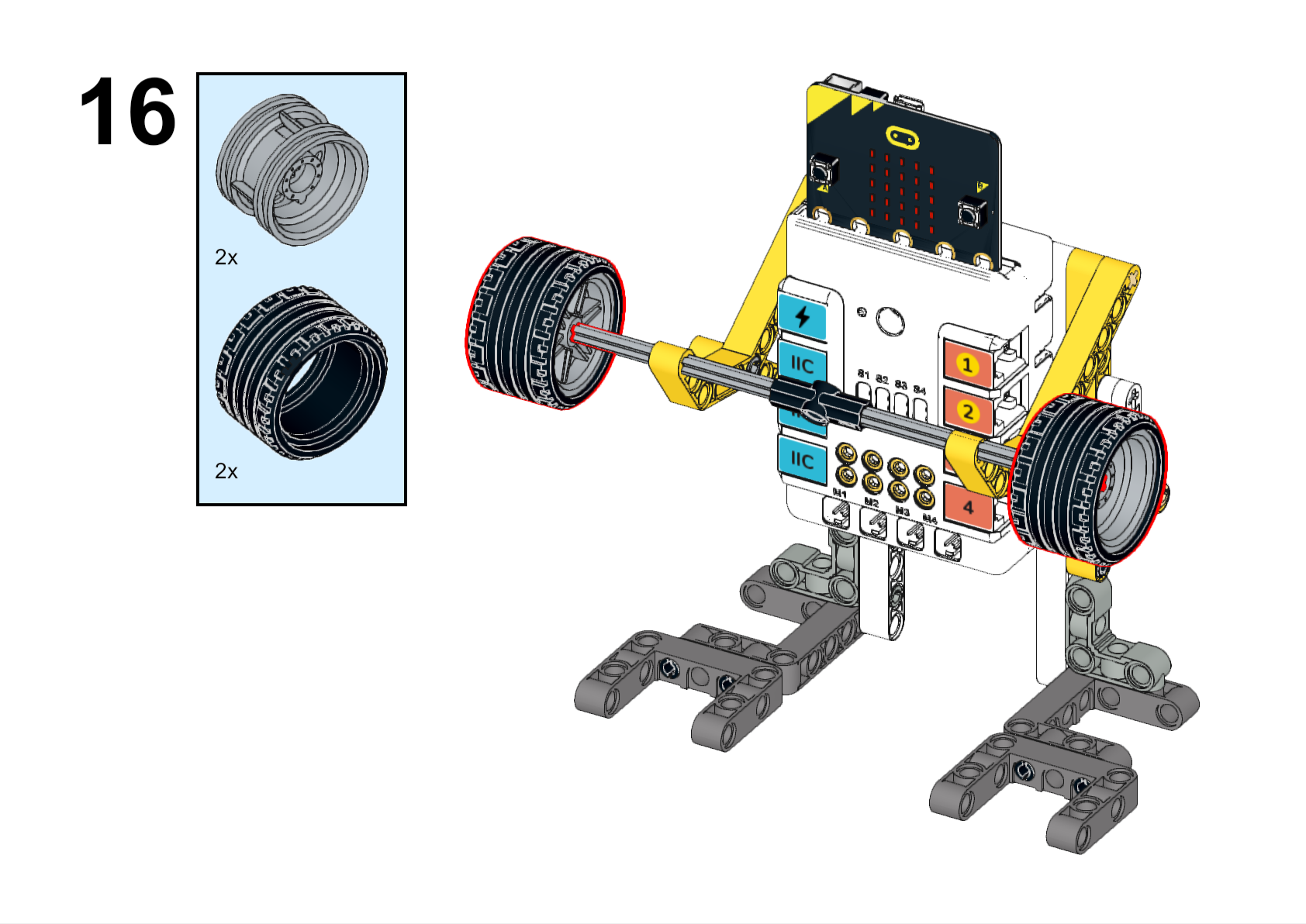
Completed

Hardware Connection
Connect the motor to the M1 connector of the Nezha expansion board.
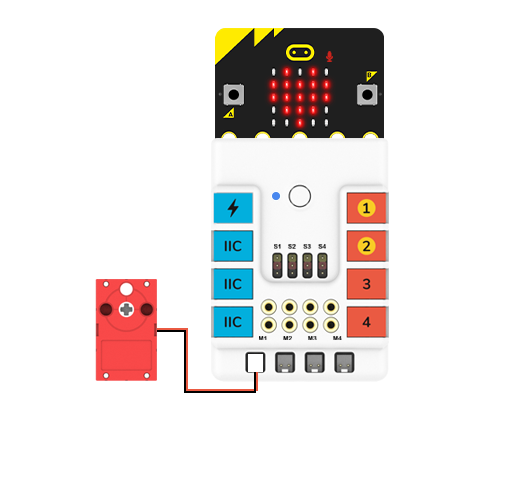
Programming
Go to makecode
Create new projects
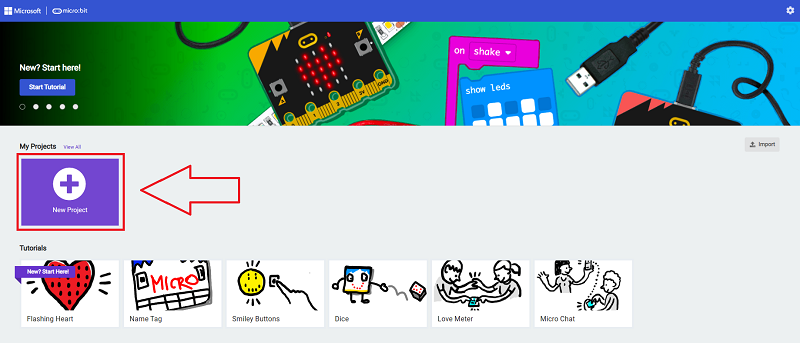
Click extensions
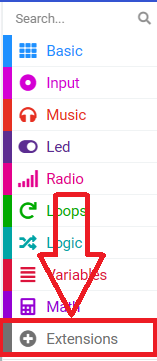
Search with nezha to download the package.
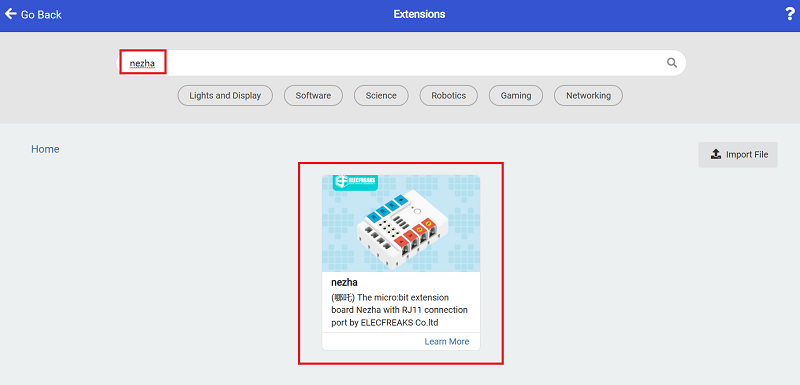
Code
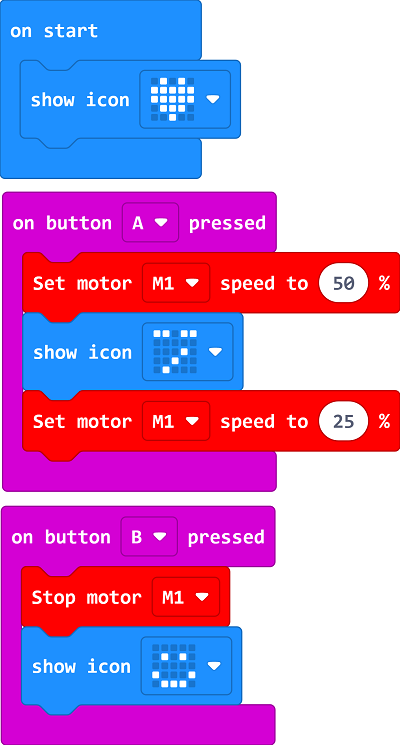
Link: https://makecode.microbit.org/_LgVU5PgYcJKw
You may download it directly:
Demonstration
Presented in groups, the robots in each group were asked to lift weights and compare the weights of the objects lifted to compare the results and effectiveness of each group.
Result
Press the A button on the micro:bit to start the robot lifting, press the B button on the micro:bit to stop the robot lifting.
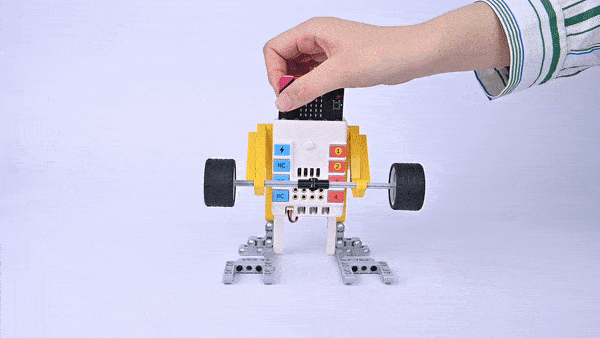
Reflection
Share in groups so that students in each group can share their production process and insights, summarise the problems and solutions they encountered, and evaluate their strengths and weaknesses.